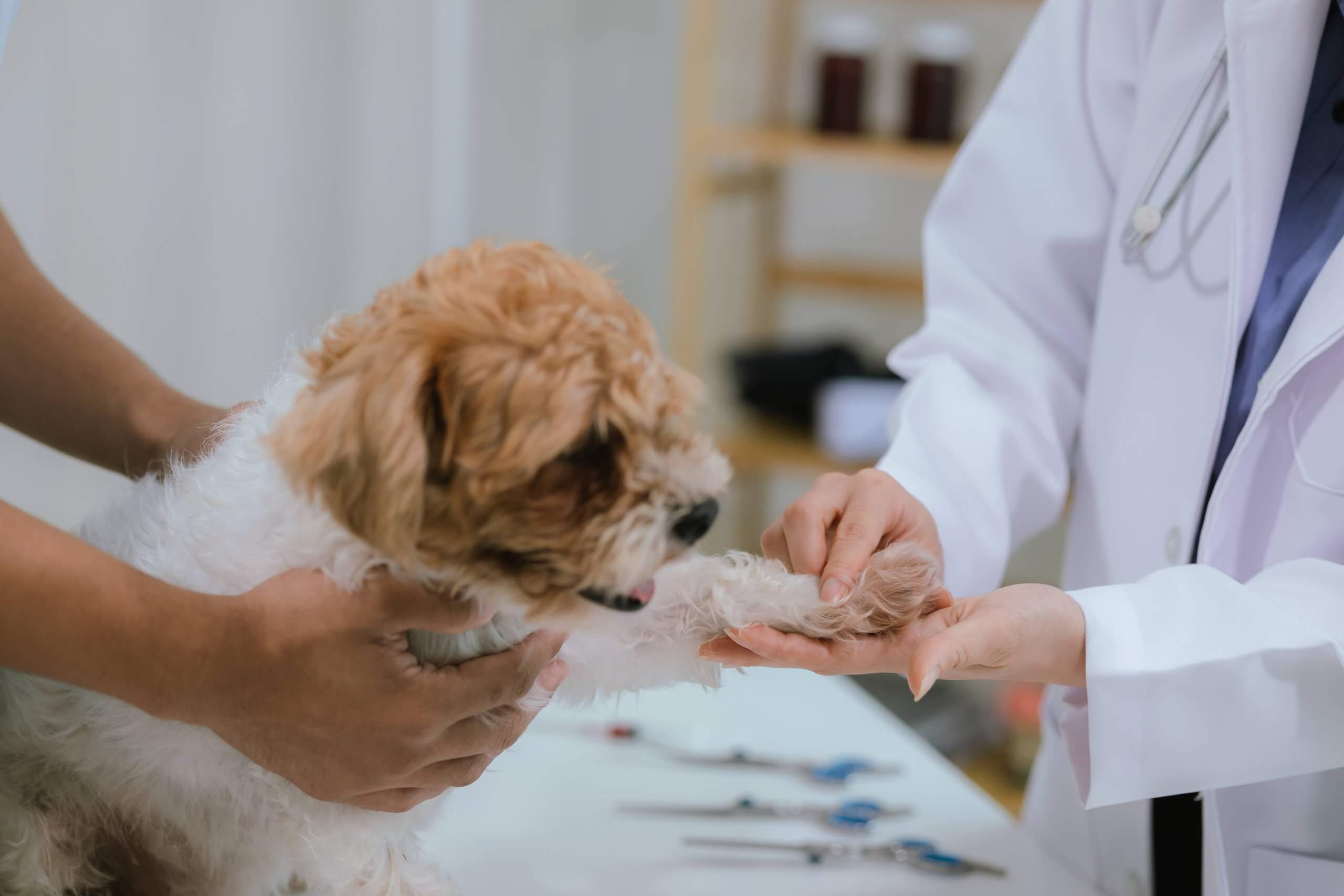Routine check-ups play an important role in keeping pets healthy. When you bring your pet to the veterinarian, the vet checks for signs that reveal how well your pet is doing. These exams are not just quick visits—they help catch problems early and keep your pet in good shape. By knowing what happens during these exams, you can feel more confident about your pet’s care.
Let’s explore what veterinarians check during routine exams and how it helps your pet stay healthy.
Table of Contents
General Physical Check
To start, a veterinarian in Maricopa, AZ, performs a full physical exam. They check your pet’s body to find any signs of problems. For example, lumps or bumps on the skin might not seem serious, but they can sometimes indicate bigger issues, such as tumors. By carefully examining the body, the vet can spot any potential concerns early.
Next, the vet checks your pet’s skin and fur. A healthy pet usually has smooth and shiny fur. If the coat appears rough or patchy, it could be a sign of allergies or infections. Additionally, parasites like fleas and ticks are a concern, so the vet will inspect for these during the exam. Catching these early can prevent discomfort and further health issues.
Eyes, Ears, and Mouth Exam
The eyes, ears, and mouth are also key areas that vets check. The eyes can tell a lot about a pet’s health. If the vet notices redness, discharge, or cloudiness, it might mean your pet has an infection or even a more serious issue, such as cataracts. Early detection of eye problems can help prevent vision loss down the road.
The vet also inspects the ears. Wax buildup, swelling, or a foul odor are signs of an ear infection. Long-eared pets are especially prone to these infections, so regular ear checks are essential.
The mouth is another area where veterinarians focus their attention. Healthy gums and teeth are important for overall health. If there’s a lot of plaque or tartar on the teeth, it can lead to gum disease. Regular dental exams help prevent issues like tooth decay and infections that can spread to other parts of the body.
Listening to the Heart and Lungs
During the exam, veterinarians use a stethoscope to listen to your pet’s heart and lungs. This helps them check for any unusual sounds. For instance, they listen for heart murmurs, which might indicate a problem with the heart’s function. If caught early, heart conditions can be treated before they become more serious.
Similarly, the vet listens to the lungs for signs of respiratory issues. Wheezing or crackling sounds may point to conditions like asthma or bronchitis. Early detection allows the vet to address these problems before they worsen.
Checking the Abdomen
In addition to the heart and lungs, the vet also examines the abdomen. They gently press on different parts of the belly to check for swelling, tenderness, or lumps. This helps them detect any signs of discomfort or abnormalities that could indicate internal issues.
For example, if your pet’s abdomen feels swollen or bloated, it could be a sign of a serious condition like gastric dilatation-volvulus, commonly known as bloat. Early detection is crucial since bloat can be life-threatening for dogs.
Weight and Body Condition
A pet’s weight is another important part of the exam. Maintaining a healthy weight is essential for overall health. The veterinarian will weigh your pet and evaluate its body condition. Overweight pets face risks like diabetes, arthritis, and heart disease. If your pet is carrying extra pounds, the vet might suggest a diet change or an increase in physical activity to help them reach a healthier weight.
On the other hand, being underweight can also indicate problems. Weight loss could result from poor nutrition, parasites, or other health issues. The vet will investigate the cause and recommend solutions to help your pet gain weight if needed.
Vaccinations and Preventive Veterinary Care
During routine exams, veterinarians also check if your pet’s vaccinations are up to date. Vaccines protect pets from serious diseases like rabies, distemper, and parvovirus. Keeping up with vaccinations is one of the best ways to ensure your pet stays healthy.
In addition to vaccines, preventive veterinary care plays a big role in keeping your pet healthy. The vet will discuss options for protecting your pet from fleas, ticks, and heartworms. These parasites can cause major health issues, but regular prevention helps keep them at bay. For example, heartworm prevention is important because heartworms can be fatal to dogs if left untreated.
Senior Pet Care
As pets get older, they need more specific pet care. Senior pets may face age-related health issues, so the vet may perform extra tests like bloodwork. These tests can check for kidney disease, arthritis, or thyroid problems, all of which are more common in older pets. By catching these issues early, vets can help manage symptoms and improve the quality of life for your senior pet.

Older pets might also need check-ups more frequently. For instance, large breed dogs are more likely to have joint problems, while small breed dogs may need more attention to dental care as they age. Regular exams ensure that age-related issues are managed properly.
Conclusion
Routine pet exams are essential for keeping pets healthy and catching potential issues early. Veterinarians thoroughly check your pet’s body, heart, lungs, and overall condition to ensure they are in good health. Regular exams, along with vaccines and preventive care, help protect your pet from diseases and other health problems. By staying informed about what happens during these visits, pet owners can play an active role in keeping their pets healthy and happy for years to come.






